What are the most sustainable materials for buildings?
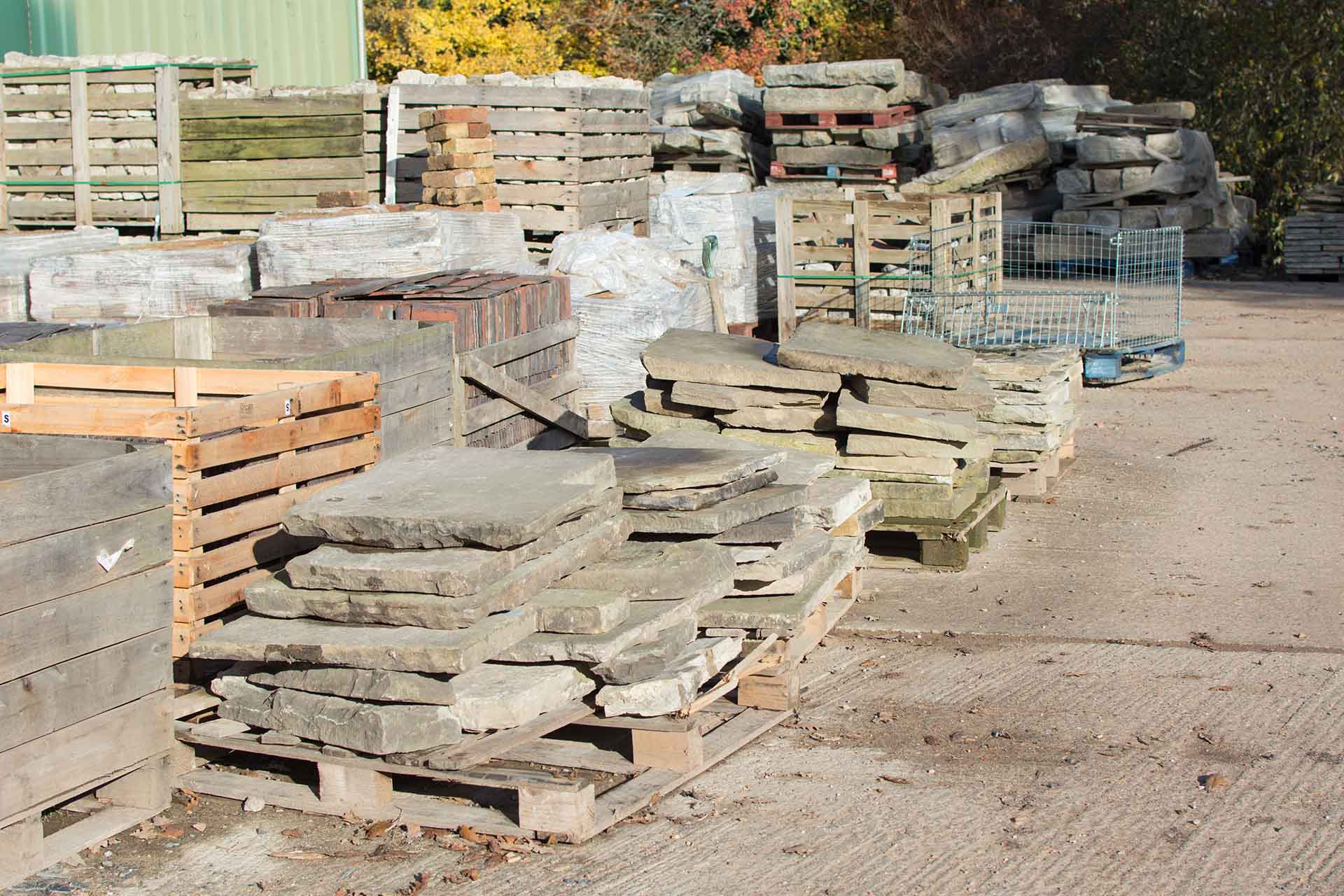
Sustainable materials for buildings and construction are becoming increasingly popular, especially as people are becoming more conscious of the environmental impact of their lifestyle choices.
One of the most important decisions when building a sustainable home is choosing the right materials. That’s why we’ve put together this expert advice about the types of materials on the market and what are best suited for your home and during construction.
Types of eco-friendly materials
The following examples are just a few of the most popular sustainable building materials used in construction projects. When selecting materials for a building project, it’s important to consider factors such as their durability, energy efficiency, and environmental impact.
Good ol’ wood
Used in construction projects for centuries, wood is a renewable and sustainable building material. It’s also biodegradable and recyclable, making it one of the most eco-friendly materials on the planet.
Bamboo shoots and scores
Bamboo is a fast-growing and renewable material, and due to its lightweight and strong nature, is a great option for a range of construction projects. Thankfully, technological advancements in the building industry have seen an increase in bamboo’s popularity.
Fun fact: Despite popular assumptions, bamboo isn’t actually a type of wood; it’s a very strong grass in the family known as Poaceae.
Cork walks the walk
Harvested from the bark of cork oak trees, cork is a sustainable material due to its self-renewing nature (when harvested properly – watch out for unethical foresting). It’s a good insulator often used for flooring, wall tiles, and garden border edging.
Recycled steel is the real deal
Recycled steel is a sustainable material made from recycled scrap metal. It’s durable and strong, making it a good option for structural projects needing some extra peace of mind.
Recycled plastic is fantastic
Recycled plastic is used in a variety of building applications, including insulation, roofing, and flooring. It’s lightweight, durable, and can be recycled again at the end of its useful life.
Rammed earth hits home
Rammed earth is made by compressing layers of earth, chalk, lime, or gravel into a solid mass. It’s popular because it’s energy-efficient, non-toxic, and enjoys a long lifespan. It also makes eco-friendly building blocks, which are great for sustainable construction.
Straw bales withstand gales
Despite what one of the three little pigs (whose straw house was blown down by the big bad wolf) would have you believe, straw bales are a sturdy and sustainable building material.
Used to build walls and roofs and keep homes toasty, they’re renewable, biodegradable, and have a high insulation value.
Related: Read our guide on using recycled building materials for more information.
The best sustainable house materials
Sustainable materials for buildings – top tips
Using recycled materials such as reclaimed wood, salvaged bricks, and recycled steel is the best way to reduce the amount of waste that ends up in landfills. Recycled materials are often cheaper than new materials and can also add character to your home. Consider hitting your local charity shops, asking your builder about their materiality credentials, and looking at ways to upcycle your current furniture.
Related: Eco friendly flooring: Stylish and sustainable options for your home.
Eco-friendly house materials
Timber
Timber is a natural insulator and a renewable resource, making it an ideal material for people who want to be more eco-friendly in their homes. It’s also versatile, meaning you can use it for everything from framing to flooring to cladding.
Bamboo
Bamboo is another renewable resource that grows quickly and is becoming increasingly popular in sustainable homes. As it requires little water, it’s a more sustainable alternative to traditional timber. Bamboo is also versatile and can be used for everything from flooring to furniture.
Recycled and low-energy glass
These two good sustainable glass building materials reduce the need for raw materials and energy required to produce new glass. Where recycling glass also reduces the amount of waste that ends up in landfills, low-energy glass is designed to reduce heat loss and the amount of energy needed to heat or cool a building.
Sheep’s wool insulation
A natural, renewable, and biodegradable material that’s highly insulating, sheep’s wool is an eco-friendly house insulation alternative that’s perfect for keeping your home warm and dry. It’s also fire-resistant and able to absorb and release moisture, which helps regulate your home’s humidity levels. To make it resistant to insects and fungi, sheep’s wool insulation is typically treated with borax.
Related: What you need to know about eco-friendly insulation
The most sustainable building materials
Sustainability has become an essential consideration in the construction industry, and the use of sustainable building materials is a key part of building green. Sustainable building materials are those that are eco-friendly, non-toxic, and made from renewable resources.
Some of the most eco-friendly, innovative and sustainable building materials include the following:
Hempcrete is the new concrete
When it comes to sustainable wall materials, you can’t beat hempcrete. It’s a biocomposite material made from hemp fibres and a binder material – typically lime or cement. It’s lightweight, strong, and highly insulating, making it an excellent choice for walls and insulation. Hempcrete is also carbon-negative, meaning it absorbs more carbon dioxide than it emits during production.
Mycelium is a natural and eco-friendly building material
Mycelium is a natural and biodegradable material made from the roots of mushrooms. It can be used as a substitute for synthetic materials such as polystyrene foam for insulation or as a structural material. Mycelium grows in a mould, creating a strong, lightweight, and fire-resistant material.
Cross-Laminated Timber (CLT) is another concrete alternative
Cross-laminated timber (CLT) is a sustainable alternative to concrete and steel. It’s made from layers of wood that are stacked perpendicular to one another and glued together to create large panels. CLT is strong, lightweight, and easy to transport and assemble. This makes it an ideal material for prefabricated construction and eco-friendly to boot!
Ferrock is another one of the eco-friendly cement alternatives
Ferrock is a sustainable building material made from recycled materials, including steel dust and volcanic ash. It has excellent strength and durability and can sequester carbon dioxide, making it a top choice for reducing greenhouse gas emissions. Ferrock is also resistant to corrosion and has excellent sound absorption properties.
Aerogel is one of the most innovative eco-building materials on the market
Aerogel is a sustainable building material made from silica, which is derived from sand. It’s an excellent insulator, is lightweight and has excellent sound absorption properties. You can use aerogel as a fire-resistant material. It’s a great choice for sustainable building construction.
Transparent wood is exactly what it sounds like
Transparent wood is an environmentally friendly building material. It’s made by removing the lignin from natural wood, which makes it transparent, increases its strength, and improves its thermal insulation properties. You can use transparent wood for building windows, walls, and roofs, which will allow natural light to seep into your home while maintaining your privacy.
Bioplastics are eco-friendly construction materials
Bioplastics are biodegradable and renewable plastics made from natural materials such as cornstarch, sugarcane, or potato starch. You can use them for a variety of building applications, including insulation, roofing, and flooring. Bioplastics are recyclable and compostable and gaining popularity due to their sustainability and low environmental impact.
Biochar is an environmentally friendly carbon killer
Biochar is a sustainable building material made from organic waste that’s been carbonised. It’s an excellent insulator, is lightweight, and can sequester carbon dioxide, making it an excellent choice for reducing greenhouse gas emissions. Biochar is also naturally resistant to moisture and pests.
Related: What construction businesses need to know about natural building materials.
FAQs
What is the most sustainable building material?
It’s difficult to determine the *most* sustainable building material as it depends on various factors; for example, your location, local climate, and the intended use of the material. However, some of the most sustainable building materials that have gained popularity due to their environmental benefits and efficiency include timber, rammed earth, straw bales, hempcrete, cork, and recycled steel.
What are futuristic building materials?
Futuristic building materials offer exciting possibilities for sustainable and efficient construction. As research and development continue, expect to see more innovative materials that offer new solutions to old problems and help create a more sustainable future. Some current materials being used and developed include:
- Graphene is a highly conductive and strong material used for various purposes. This includes transparent solar panels, water filtration systems, and super-strong composites for construction
- Self-healing concrete uses bacteria or other materials to repair cracks automatically. This reduces the need for maintenance and extends the lifespan of structures
- Aerogel insulation is a highly porous and lightweight material. It offers excellent insulation properties, which you can use for walls, roofs, and floors
- 3D-printed buildings use 3D printers to create entire buildings from sustainable materials like bioplastics, recycled materials, and even moon dust!
- Smart glass can change its opacity or tint based on the light and temperature conditions, reducing energy consumption by controlling the amount of light and heat that enters your home
- Transparent wood is a composite material made from wood fibres. It has the transparency and strength of glass but is also biodegradable and renewable
What building material has the best carbon footprint?
Timber, bamboo, and cork are three eco-friendly building materials with the lowest carbon footprint. This is due to their production process, transportation needs (best when locally sourced), and the energy they use during and after construction.
Rammed earth is another material with a low carbon footprint when made and sourced locally. Due to their thermal properties, they also have a longer carbon-neutral lifecycle.
Is bamboo good for construction?
Yes, bamboo is an excellent material for construction. It’s been used in traditional construction for centuries and is gaining popularity as a sustainable alternative to conventional building materials. This is because of its sustainability credentials, its availability, versatility, and aesthetics.
However, it’s worth noting that, despite its many advantages, bamboo’s quality can vary depending on factors such as the species, its harvesting method, and its treatment. That’s why it’s essential to source bamboo from certified and sustainable sources and use it in accordance with building codes and regulations.
Did you enjoy this blog on ‘The most sustainable materials for buildings?’ If so, there’s more where this came from. Read our blog for more top tips and expert advice.
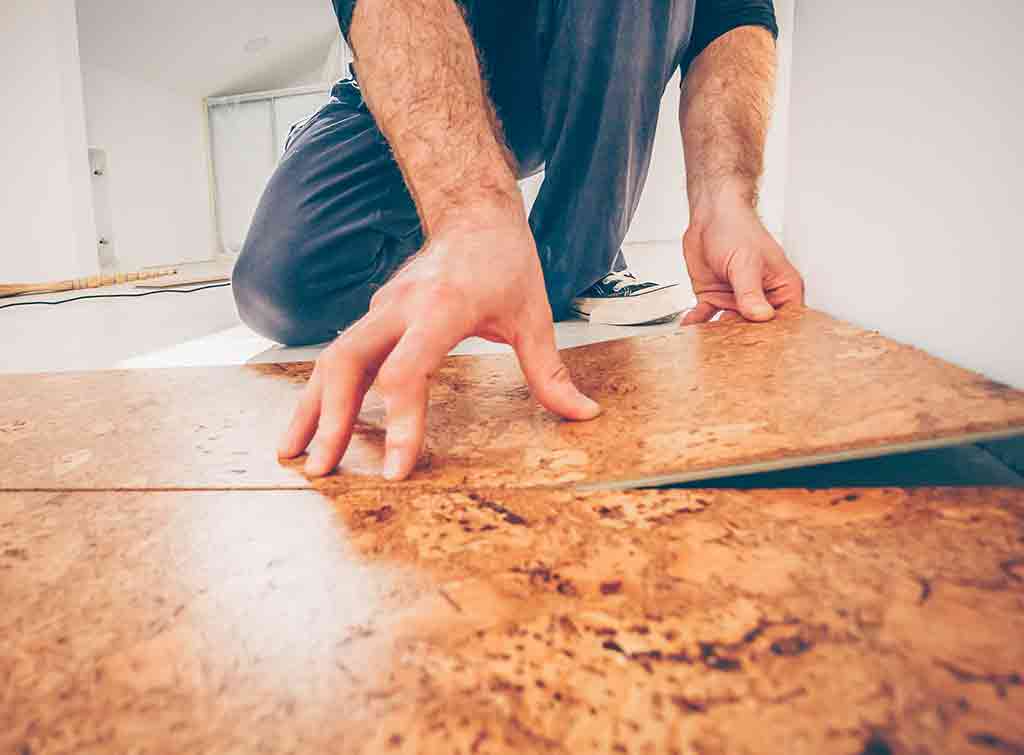
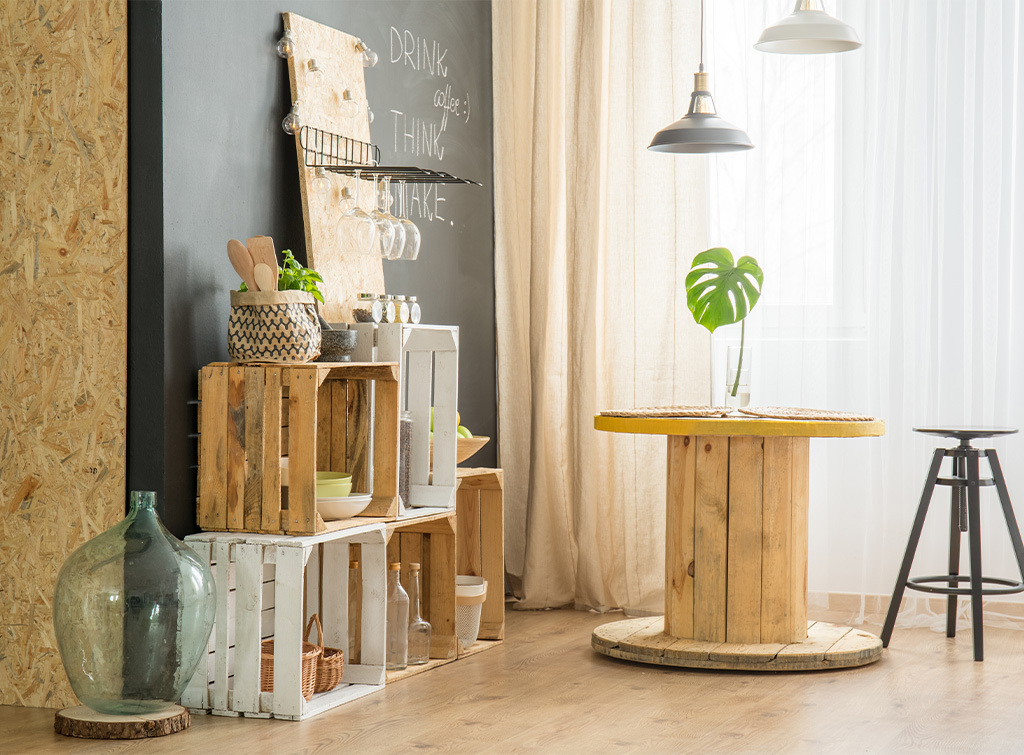
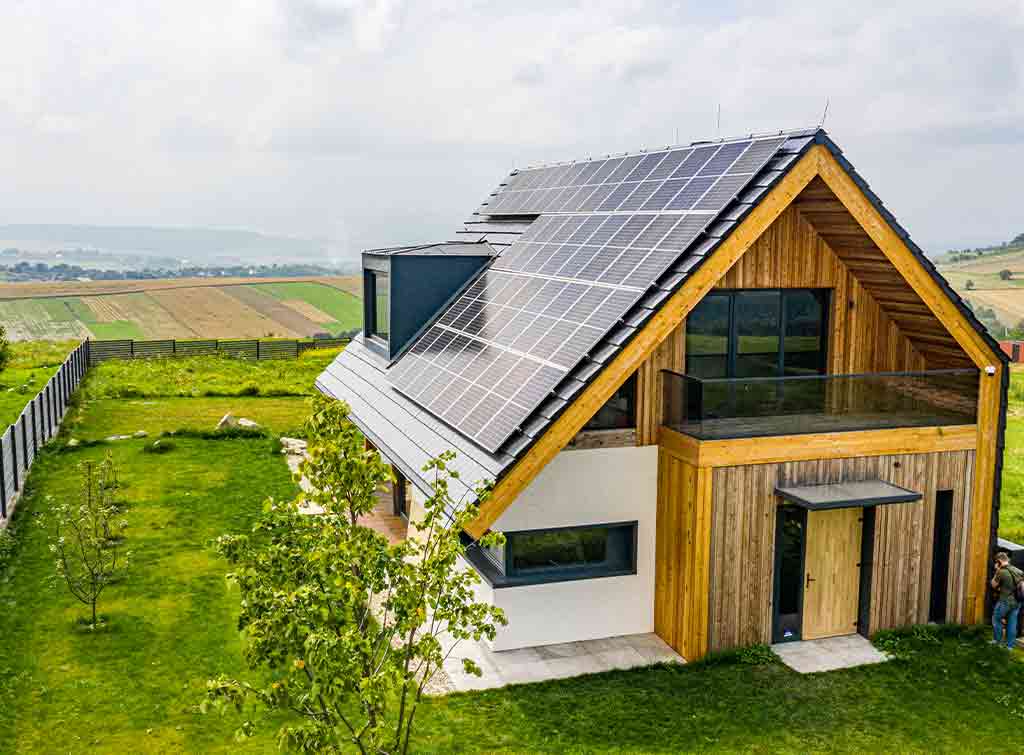

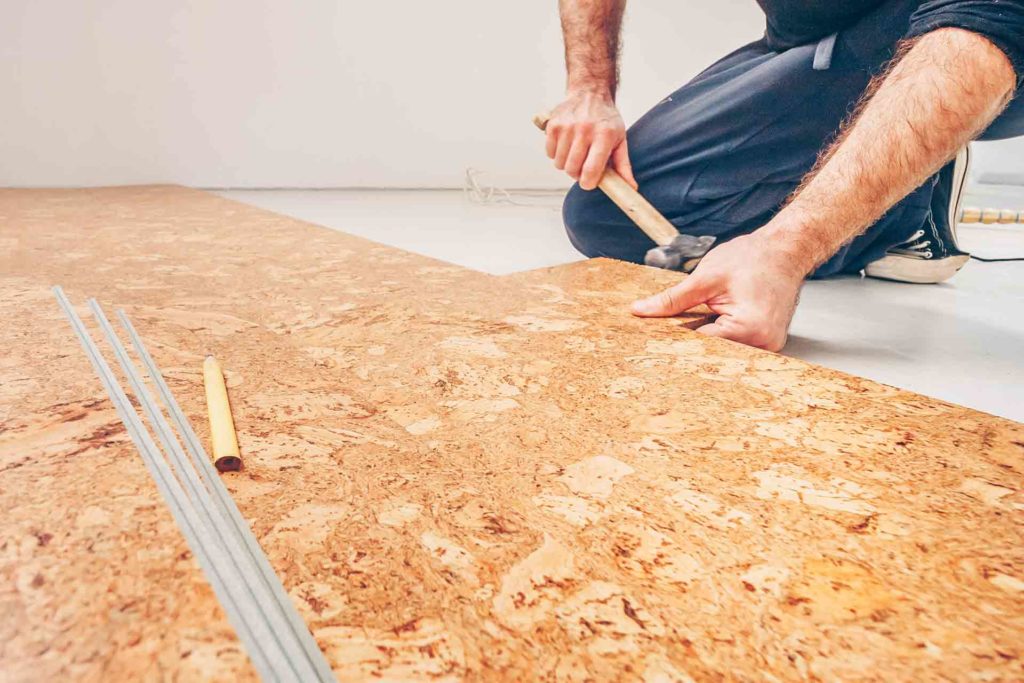
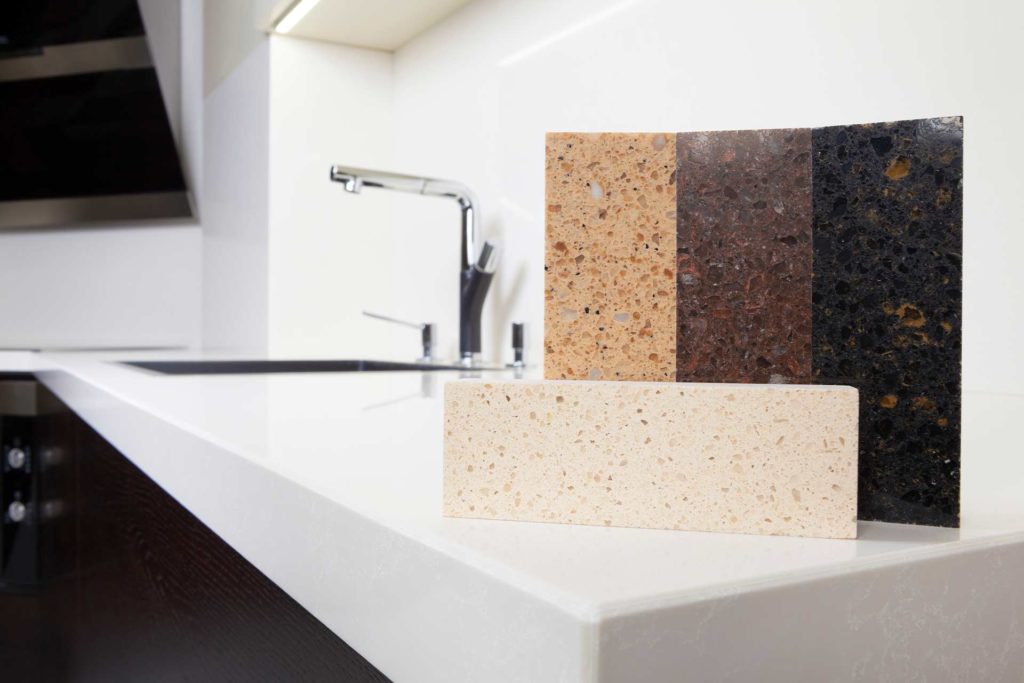

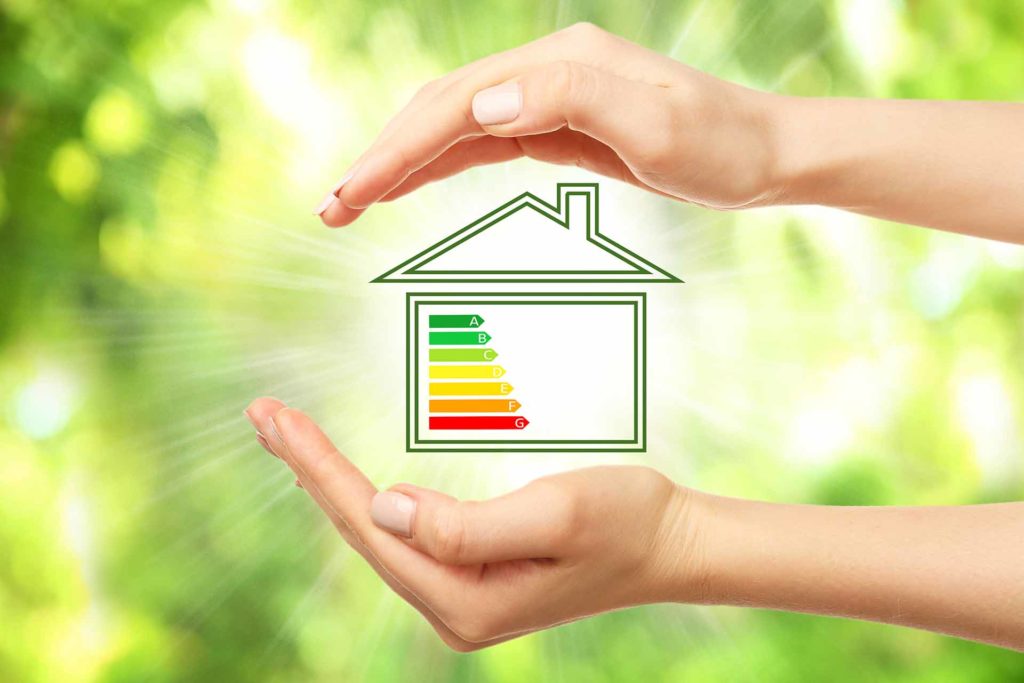
No comments yet!